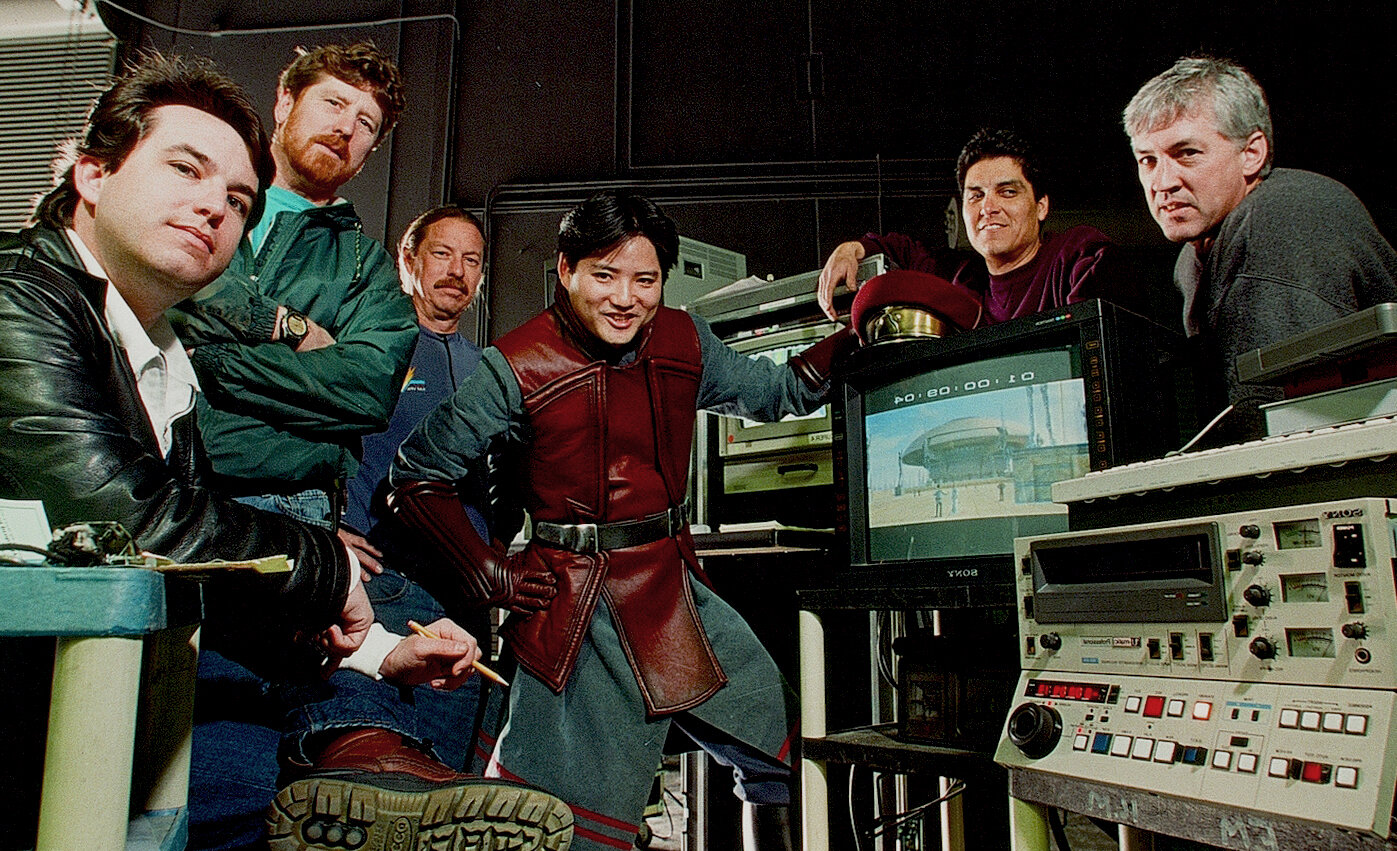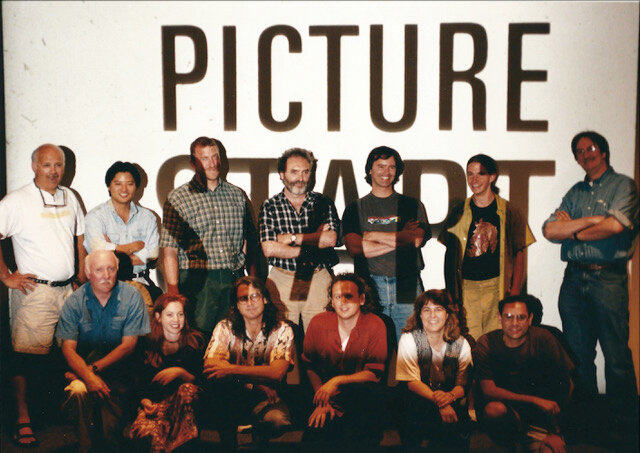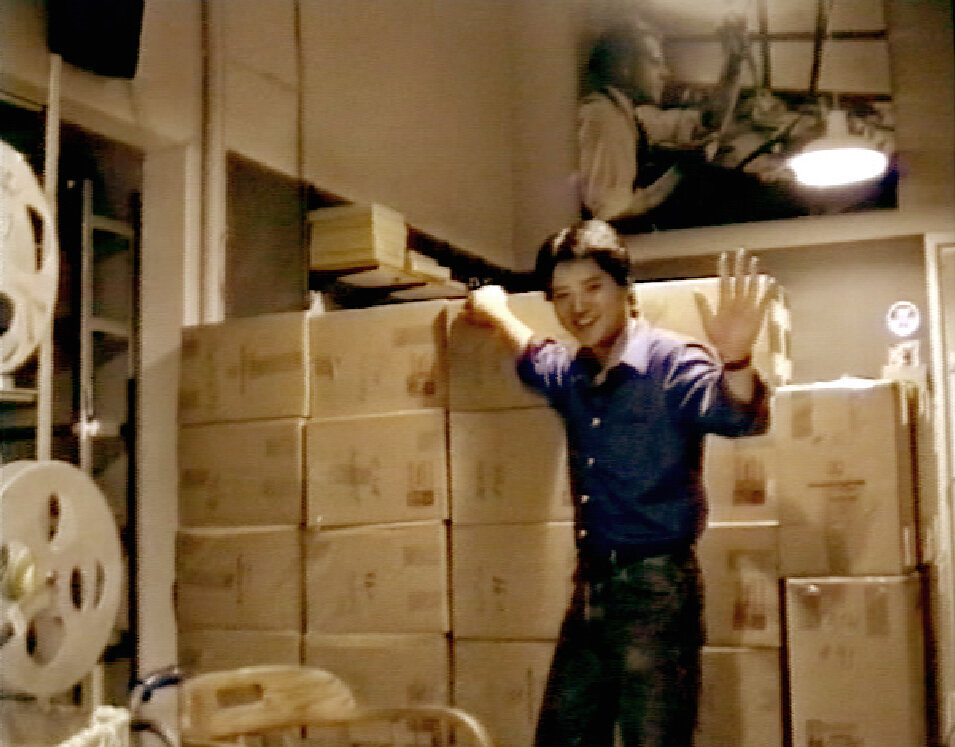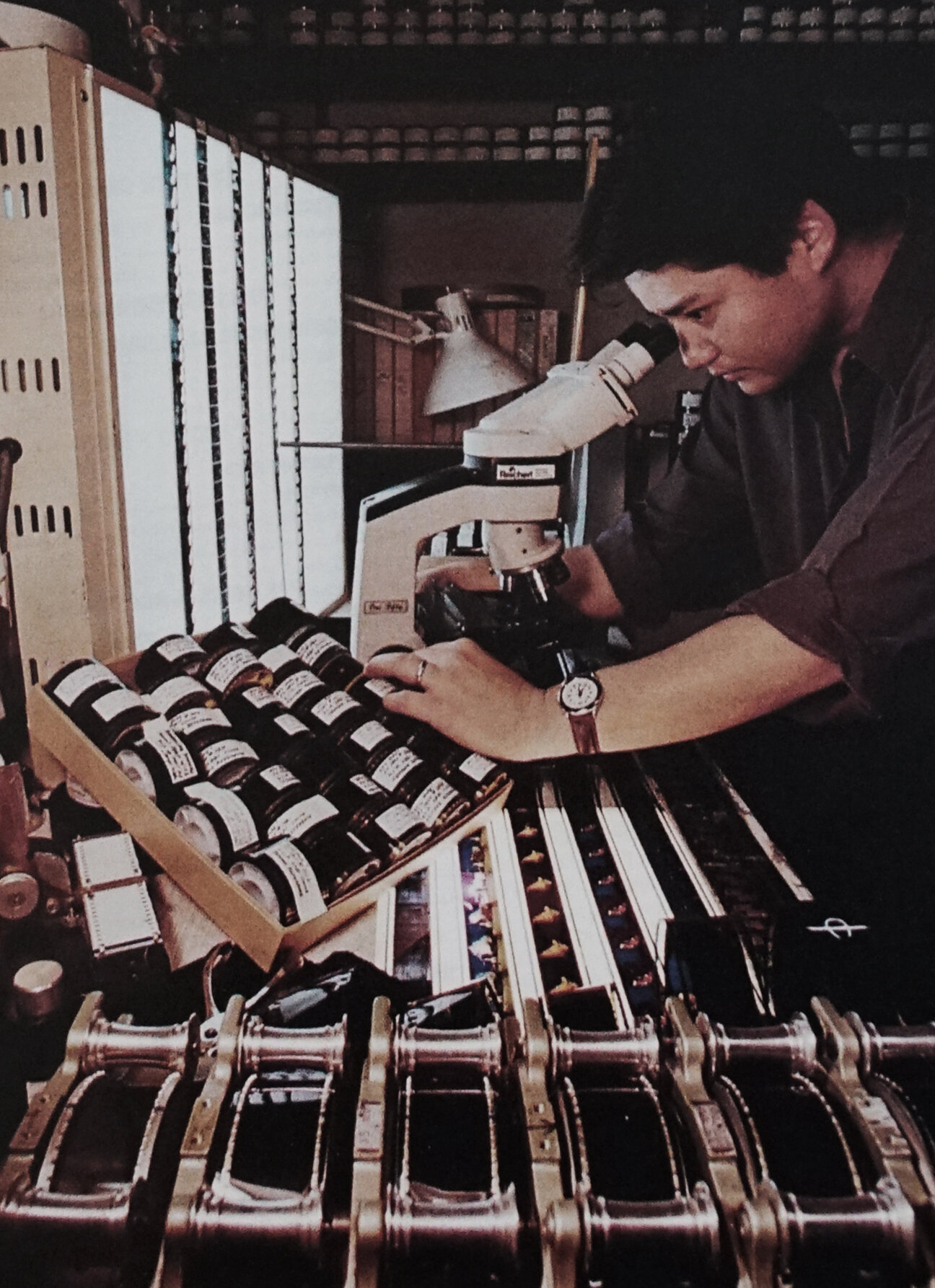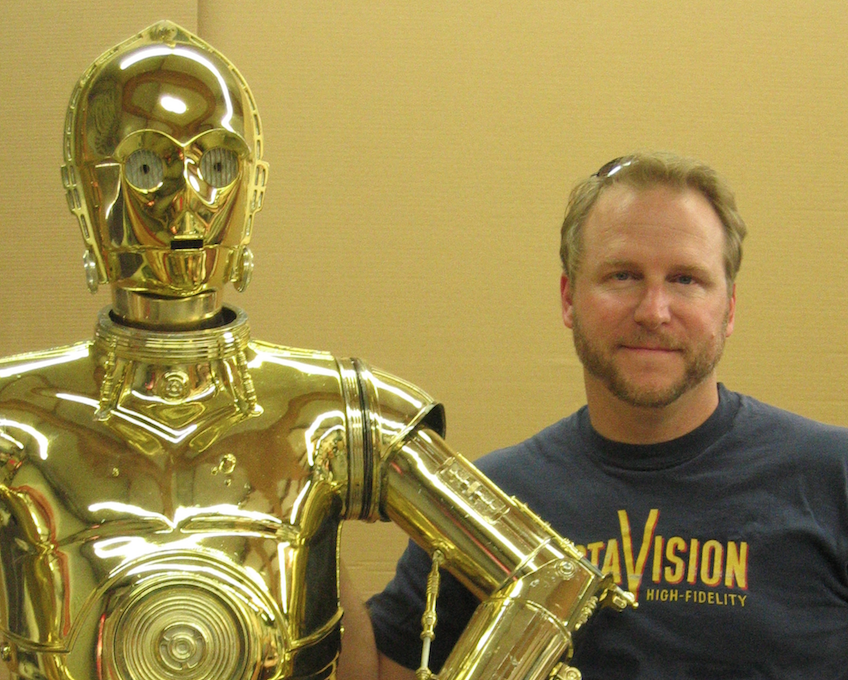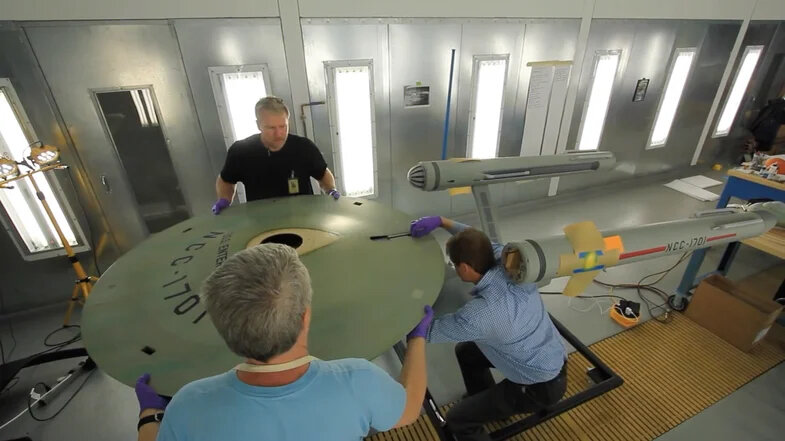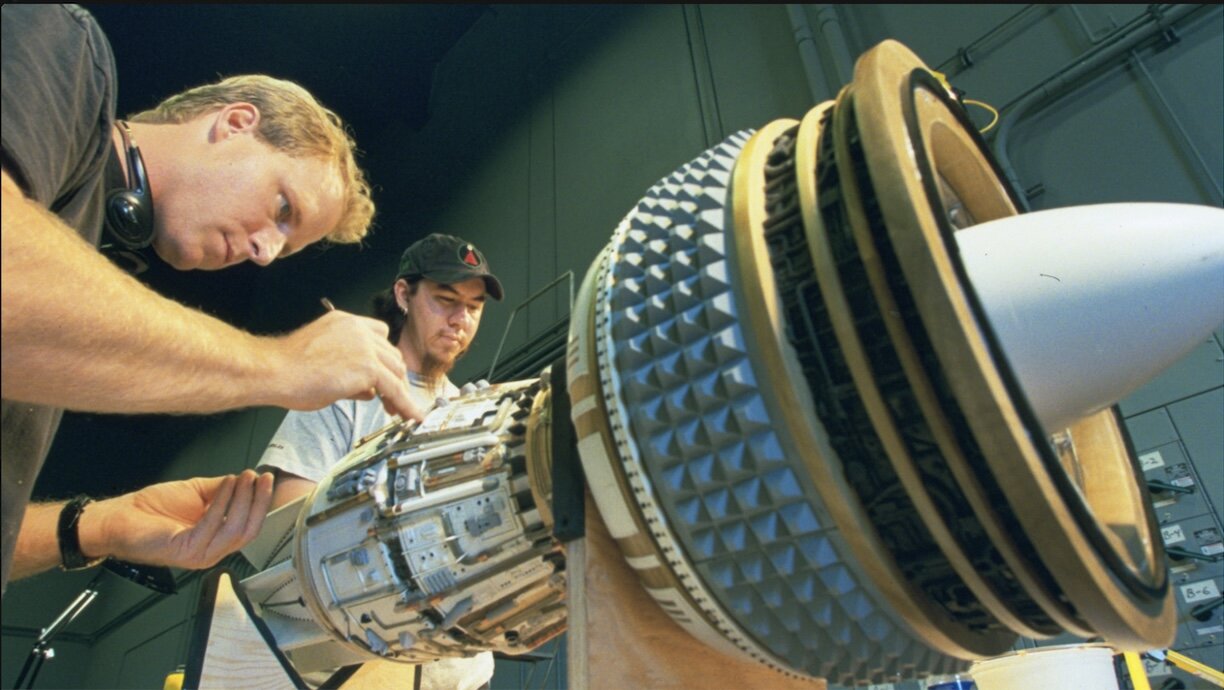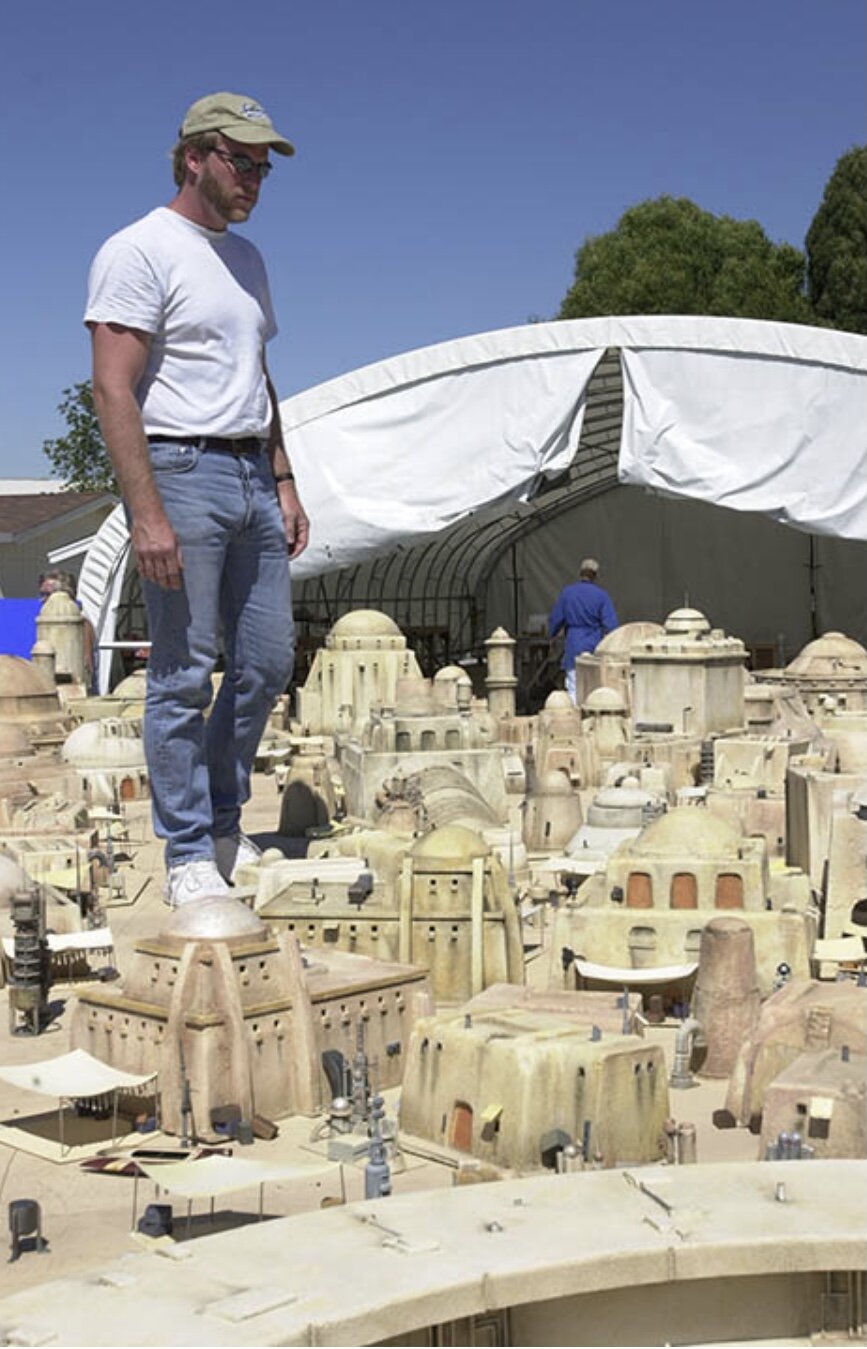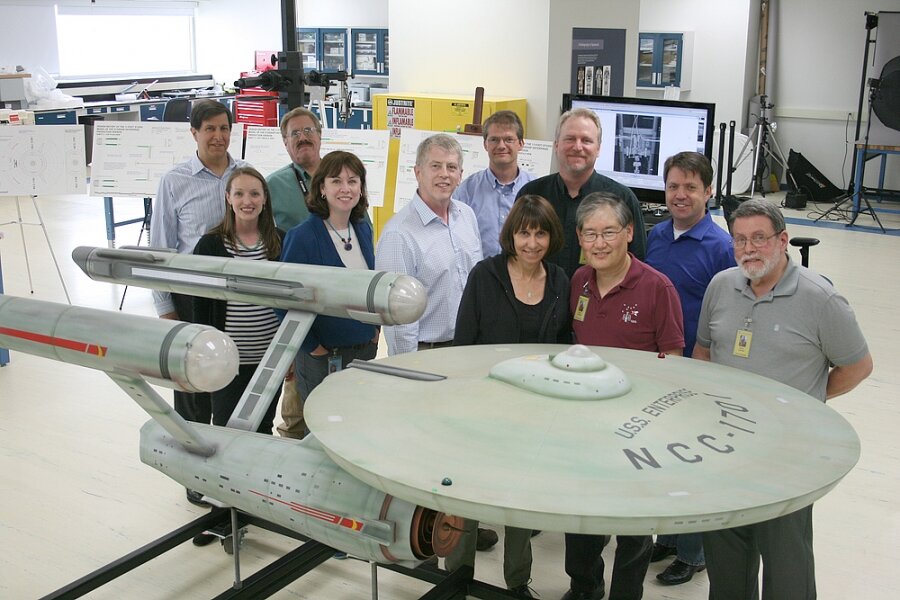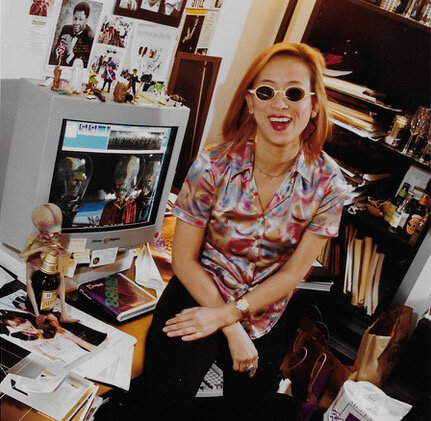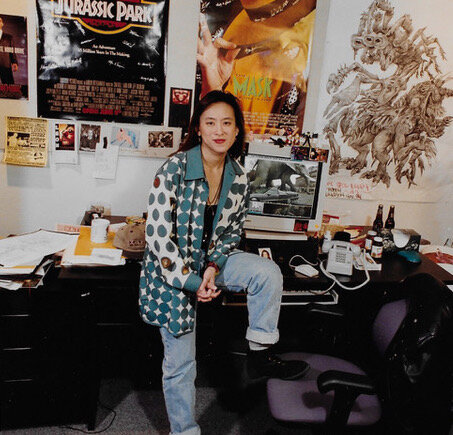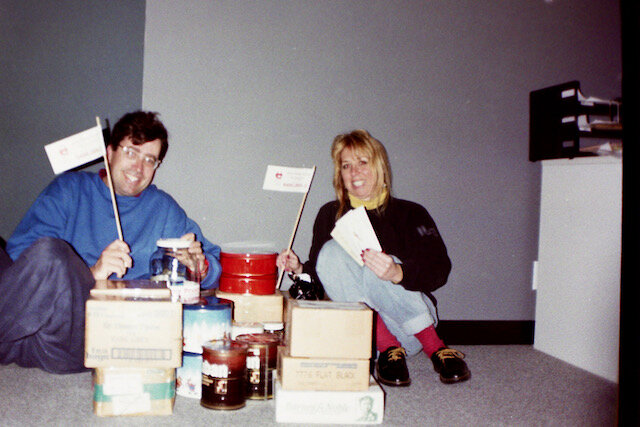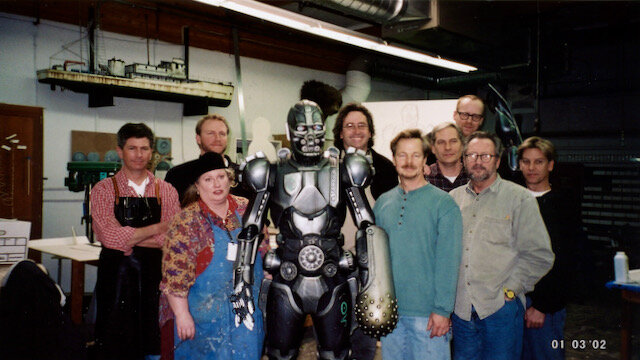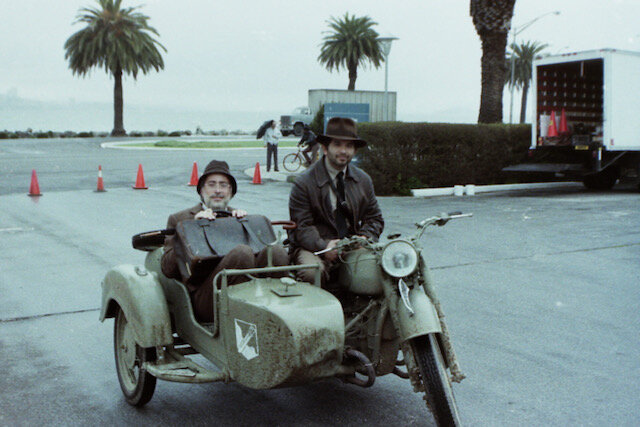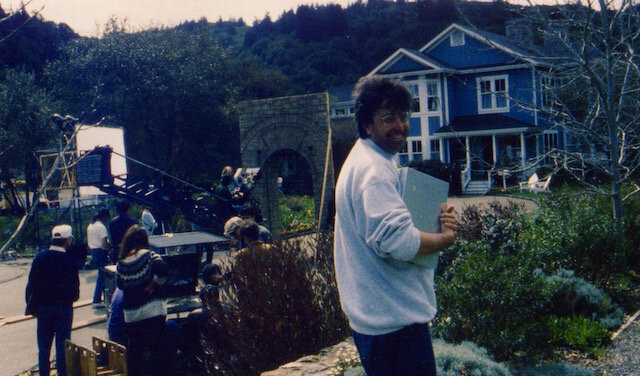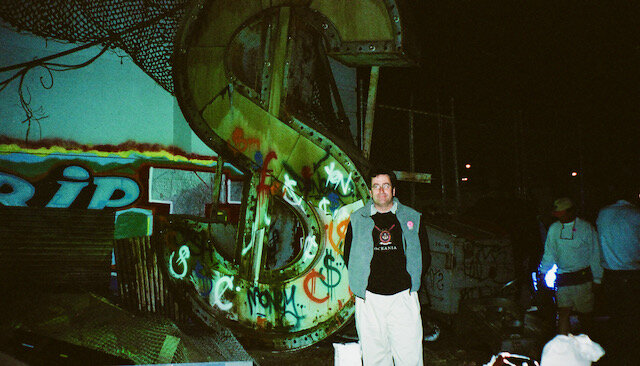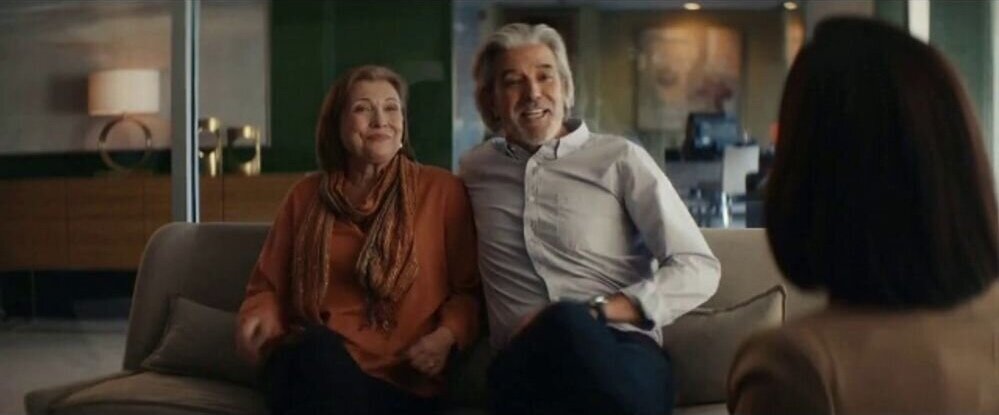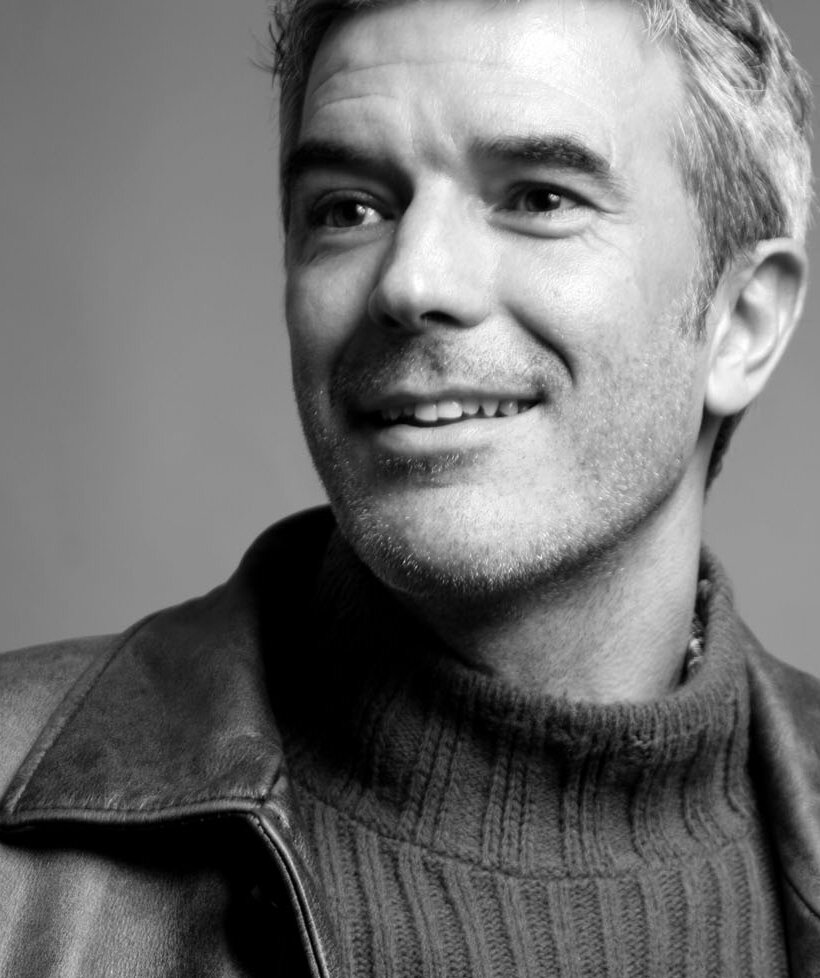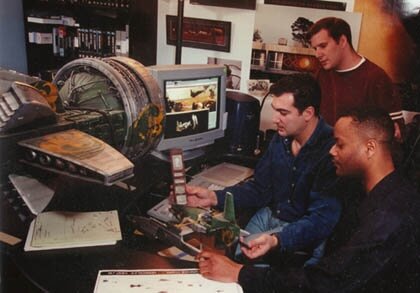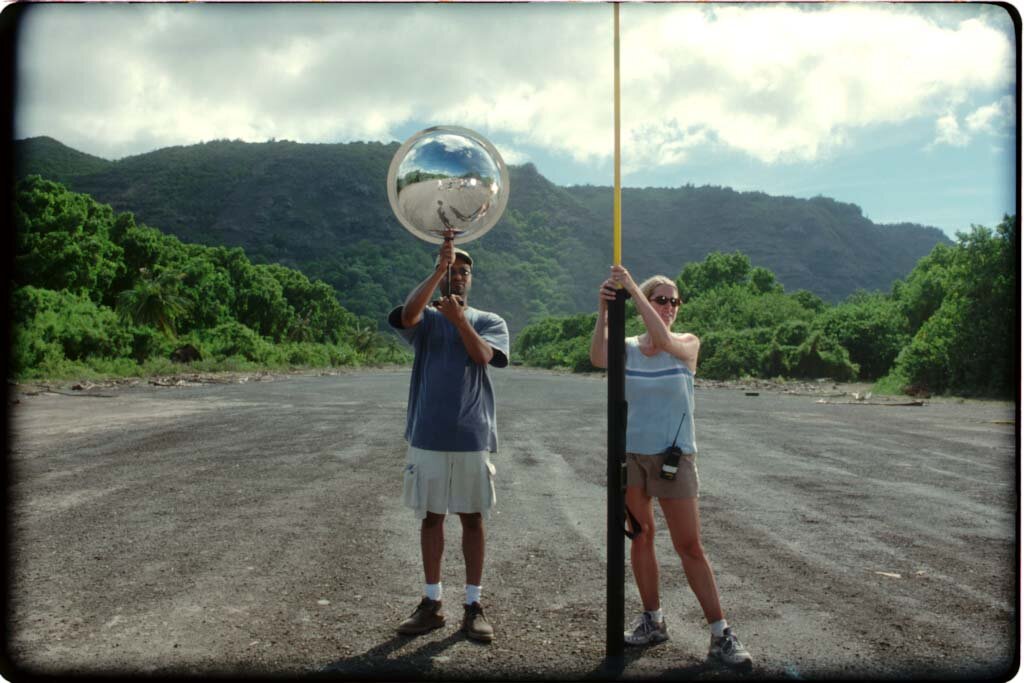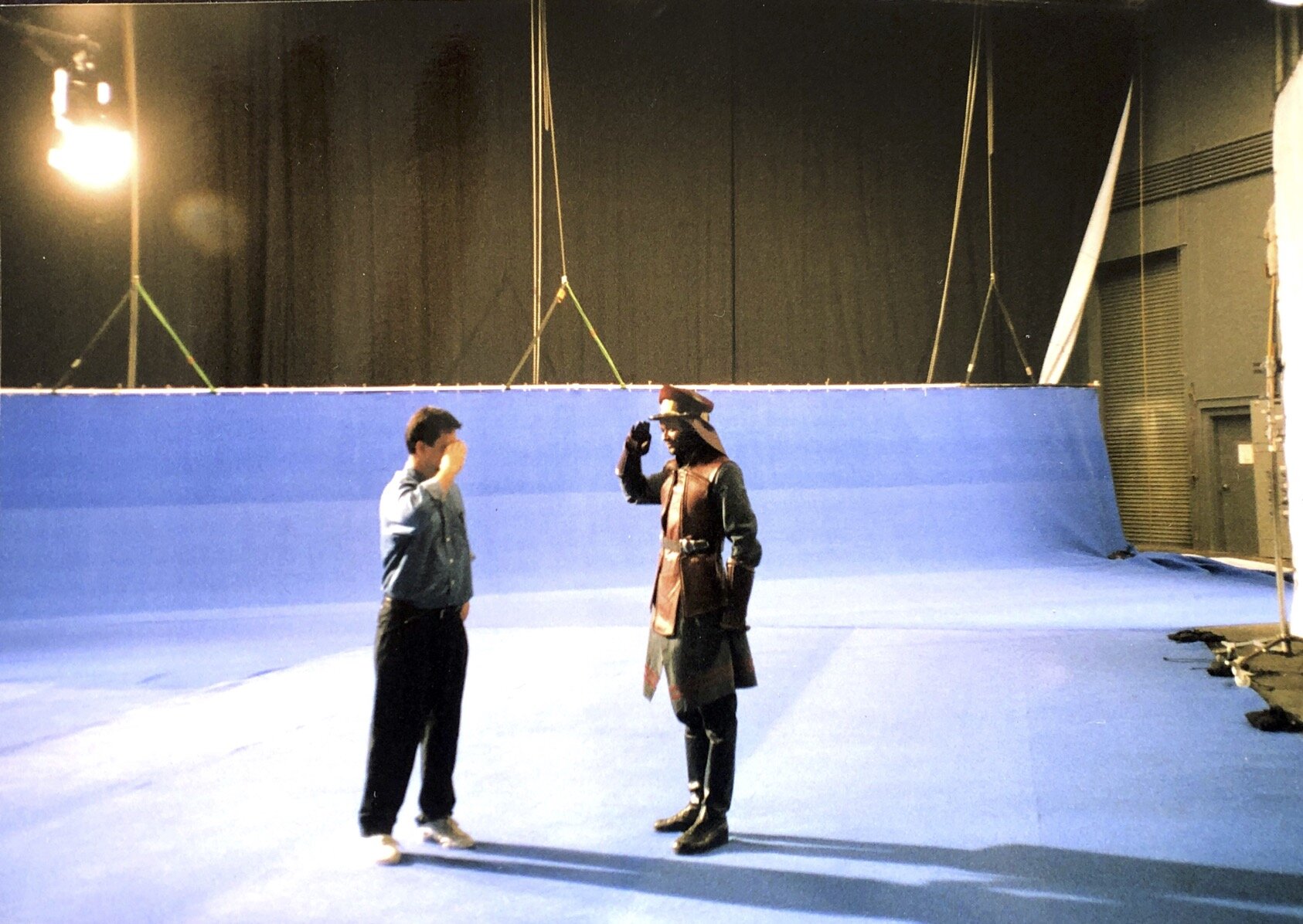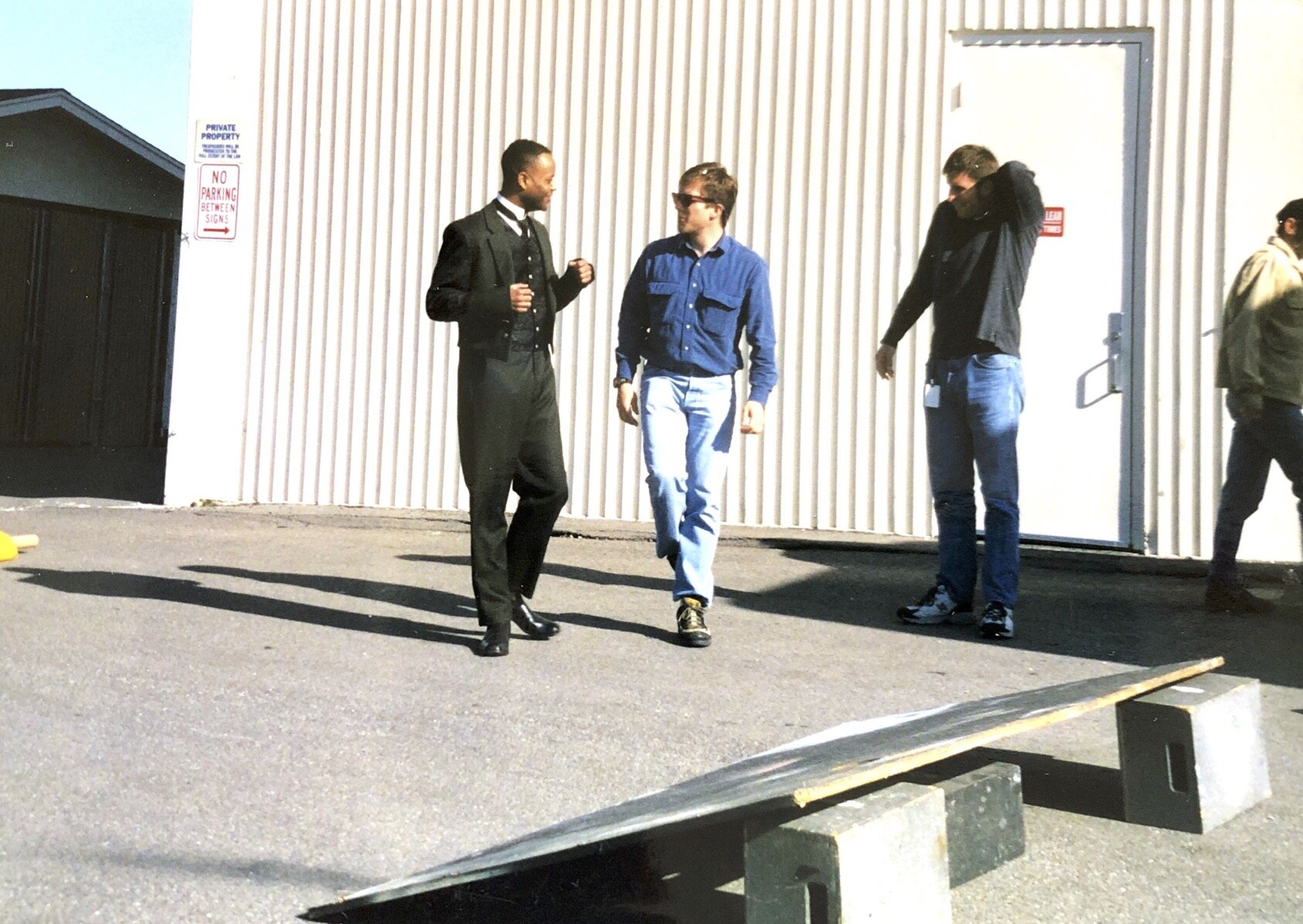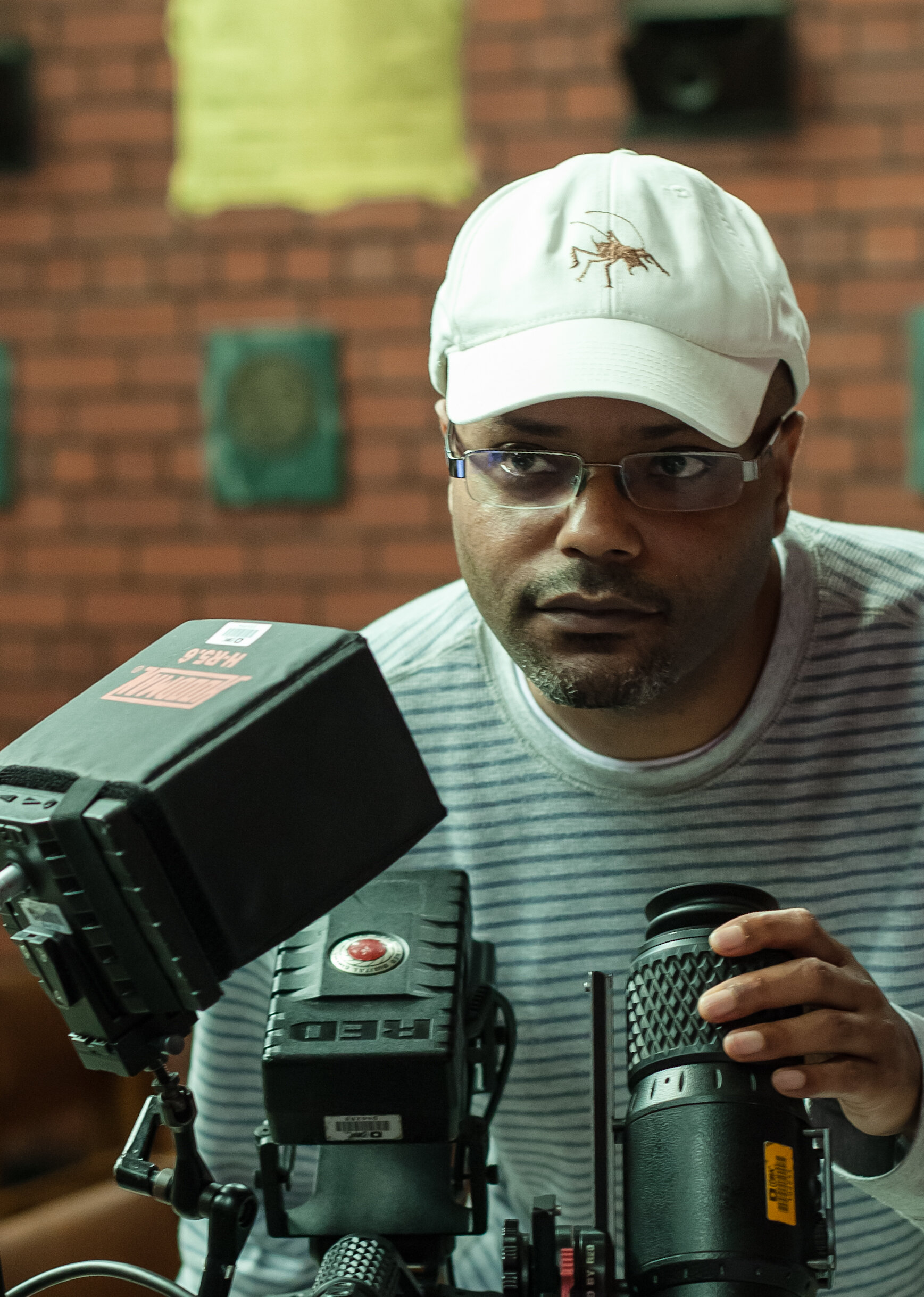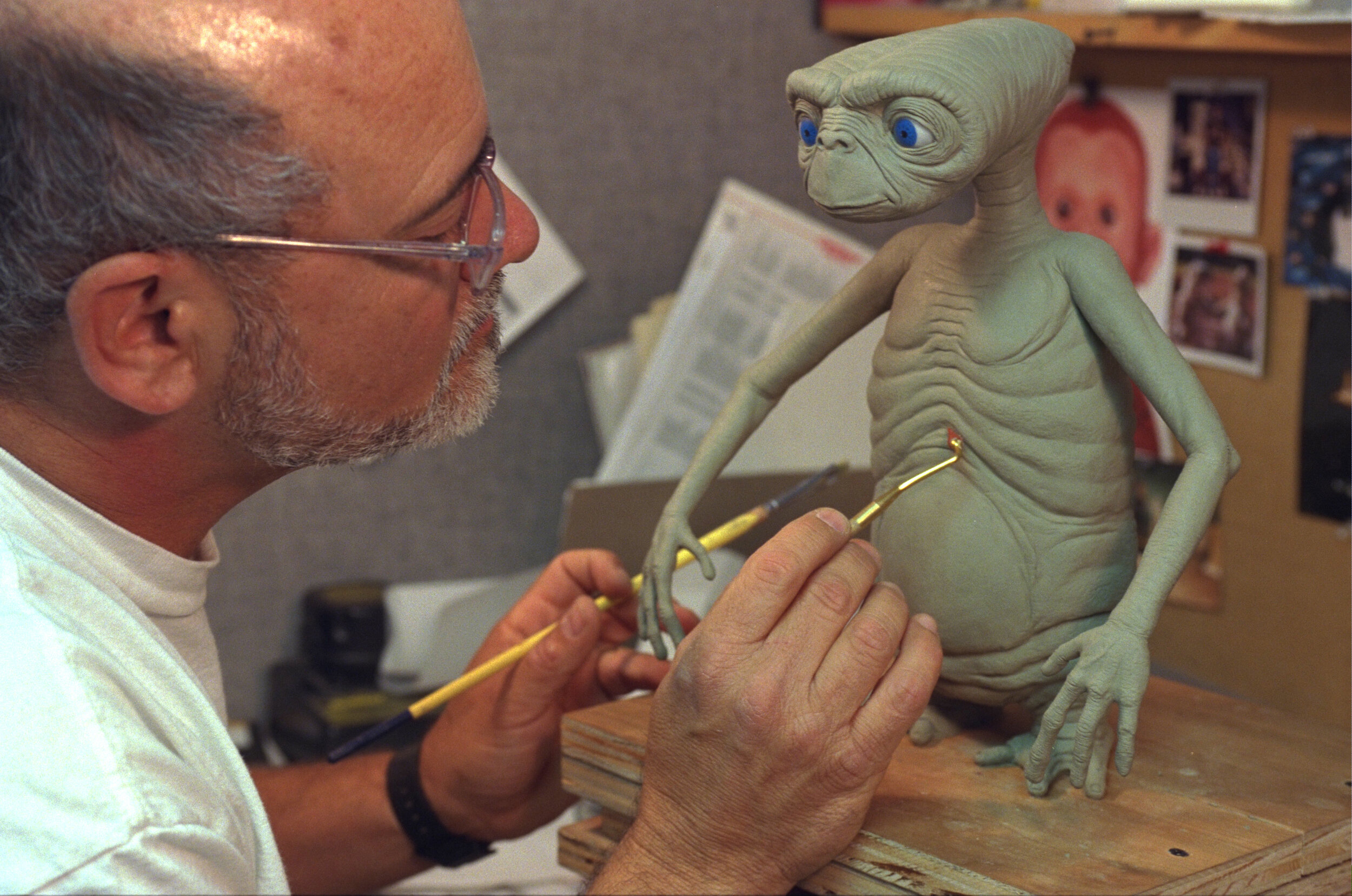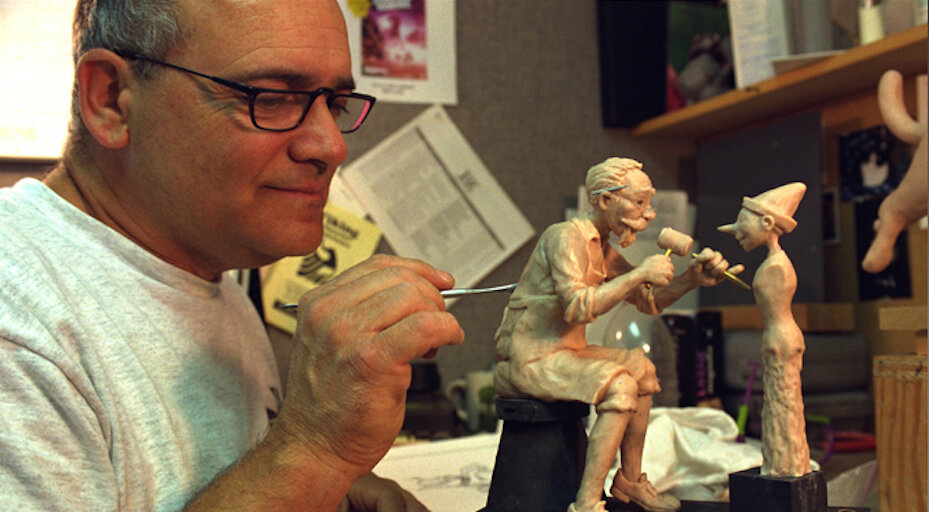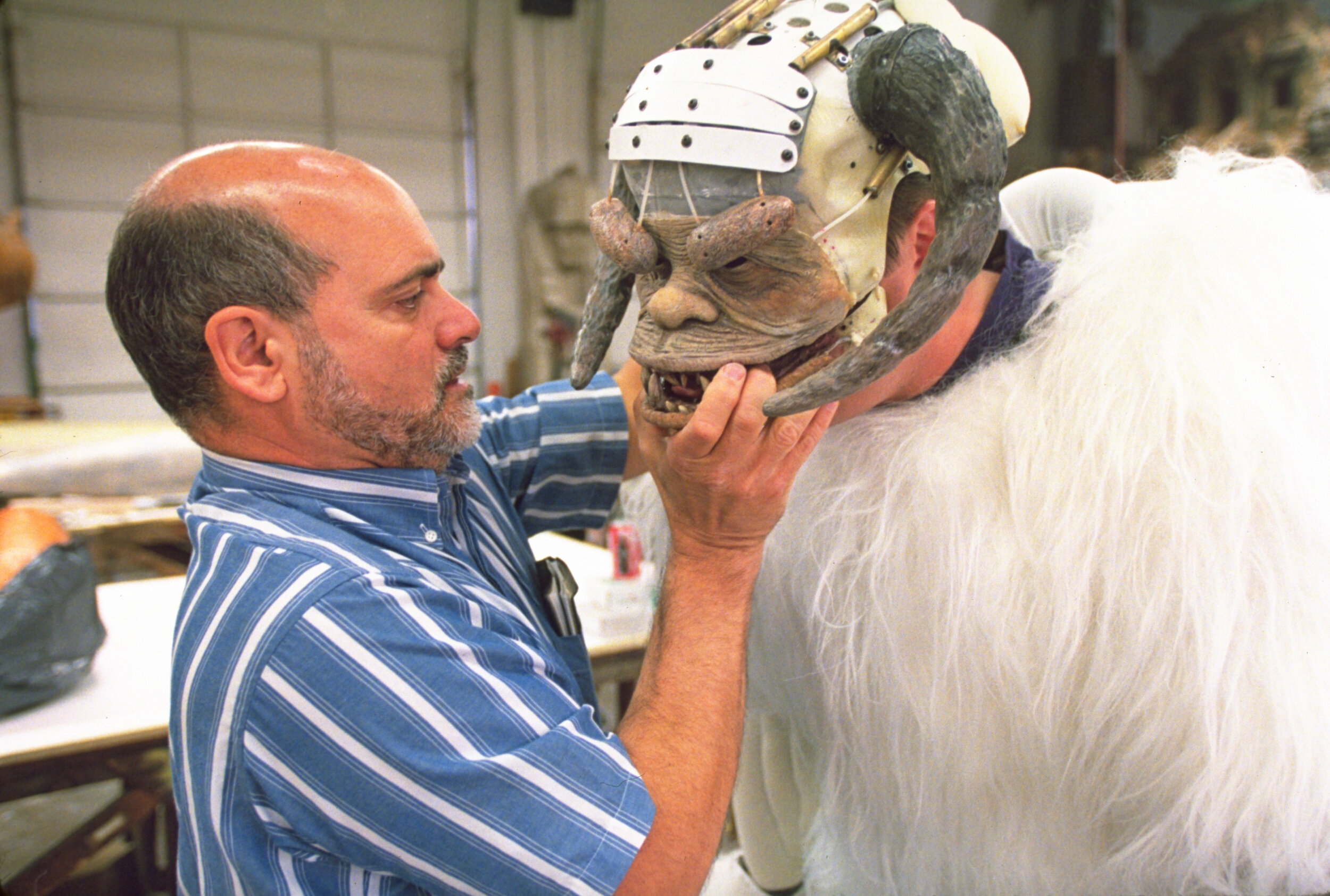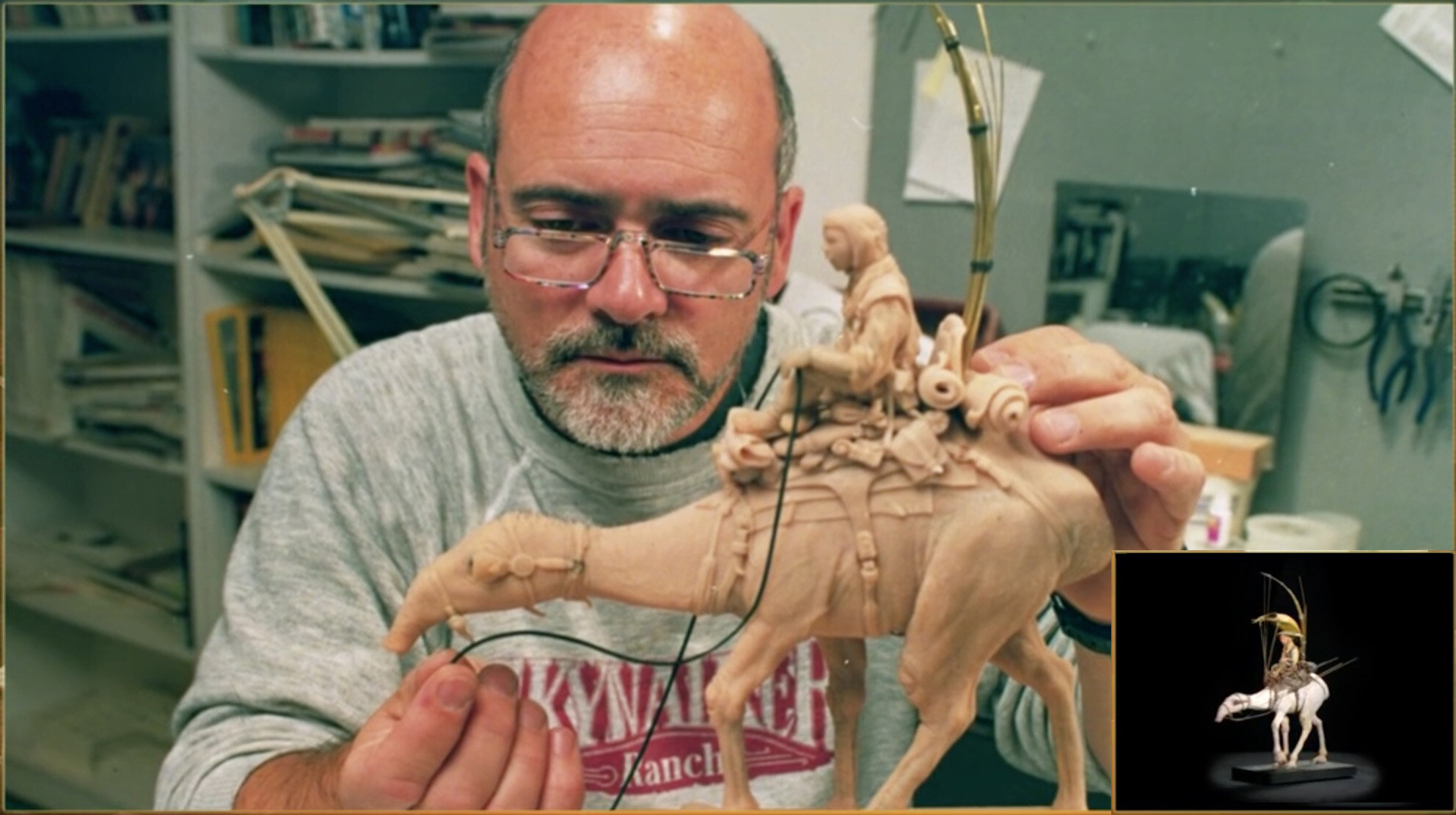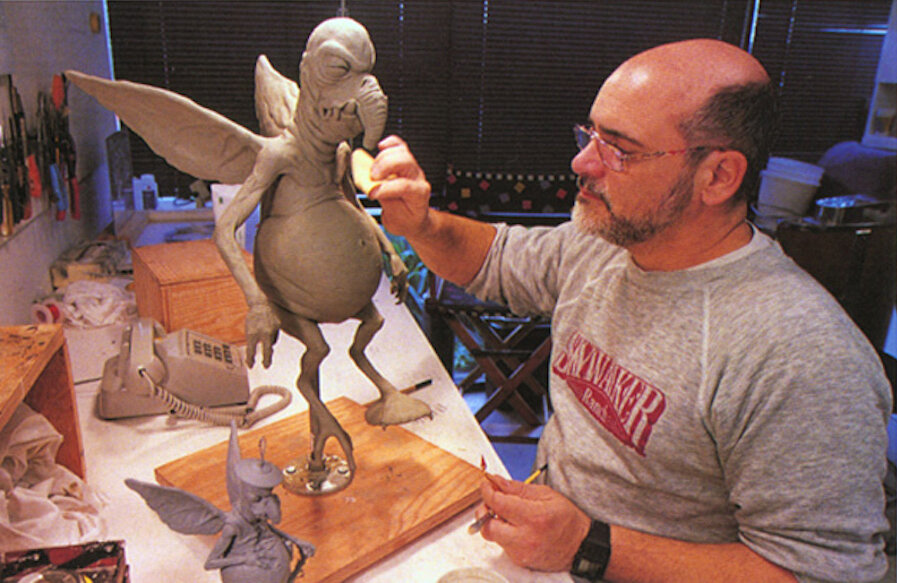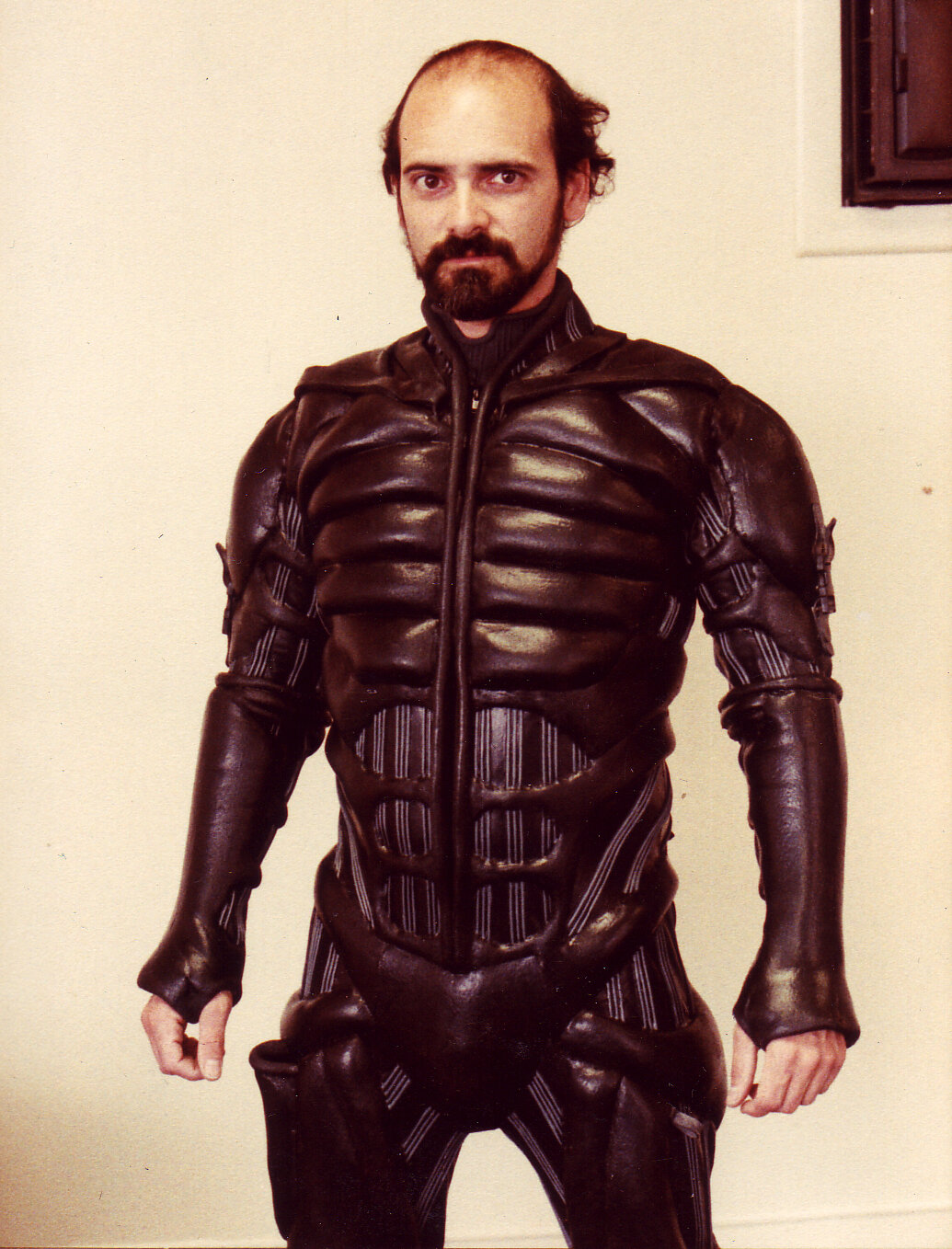David Tanaka grew up in the Bay Area. As a kid he was fascinated with a small hand cranked toy you could look into and watch Super 8mm film. He later took that toy apart and began making his own short films with friends. He wound up earning a degree in film from UC Berkeley. A visiting artist lecture with Ease Owyeung inspired David to begin looking for ways to get a job at ILM. After several tries he landed an internship at ILM working in the group that did amusement park rides (now defunct). He later moved over to the Art Department and eventually landed a full-time position as an assistant VFX Editor.
While at ILM David helped create a program that allowed employees to propose and make small independent projects. David went on to make a number of PSA for organizations like Swords to Plowshares. Others in the company made music videos, short films, spec commercials, and experimental art films. David worked at ILM for fifteen years.
His next job was working at Pixar for the next decade or so cutting trailers and marketing material for the company. David has continued to work as a freelance editor and creative for numerous clients. He also has been giving back through teaching and his work with the VES (Visual Effects Society).
David is an incredibly talented, kind, and thoughtful human. While he mentions others who helped him along the way, so many of the people I’ve talked to for this podcast mentioned David as having been critical to their successes. It was a pleasure to catch up with David and hear his inspiring story of creativity, tenacity, and generosity.
